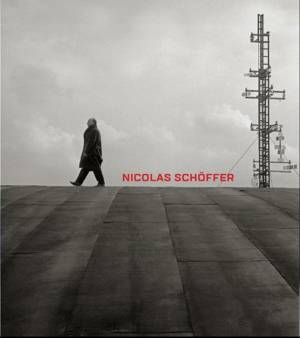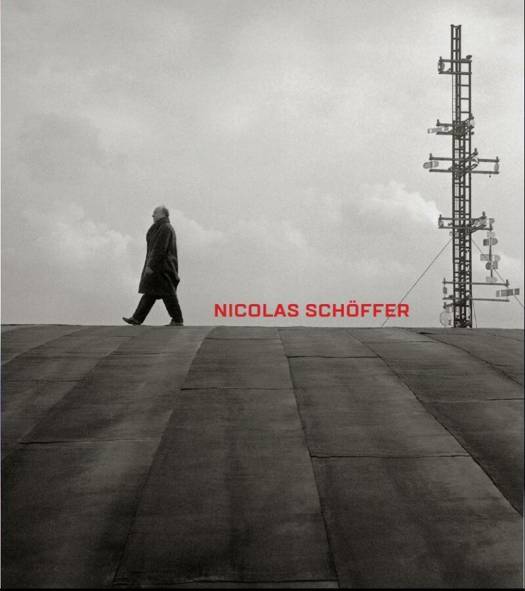
Door een staking bij bpost kan je online bestelling op dit moment iets langer onderweg zijn dan voorzien. Dringend iets nodig? Onze winkels ontvangen jou met open armen!
- Afhalen na 1 uur in een winkel met voorraad
- Gratis thuislevering in België vanaf € 30
- Ruim aanbod met 7 miljoen producten
Door een staking bij bpost kan je online bestelling op dit moment iets langer onderweg zijn dan voorzien. Dringend iets nodig? Onze winkels ontvangen jou met open armen!
- Afhalen na 1 uur in een winkel met voorraad
- Gratis thuislevering in België vanaf € 30
- Ruim aanbod met 7 miljoen producten
Zoeken
Nicolas Schöffer
space, light, time
Sébastien Delot, Pauline Mari, Dominique Trudel
Hardcover | Engels
€ 44,95
+ 89 punten
Omschrijving
Hungarian-born French artist Nicolas Schöffer (1912-1992), though relatively unknown today, was during his lifetime a significant presence in the art world. His 1956 piece CYSP 1 is considered the first cybernetic sculpture, making use of motors, microphones, and photo-electric cells to create a work based on feedback loops and responsiveness to its environment. For Schöffer, cybernetics enabled a crucial artistic exploration of the boundary between the living and the technological. This important reevaluation of Schöffer's work features sculptures, paintings, and drawings, including unpublished pieces from the artist's studio and archive, as well as documentation of his interdisciplinary and experimental collaborations with architects, musicians, choreographers, scientists, and industrialists. Particular attention is paid to the innovative work he created between 1945 and 1975, which takes on particular resonance in our current, digitally saturated world.
The visionary work of Hungarian-born French artist Nicolas Schöffer, who pioneered the field of cybernetic art, is explored in-depth in this handsomely illustrated volume.
The visionary work of Hungarian-born French artist Nicolas Schöffer, who pioneered the field of cybernetic art, is explored in-depth in this handsomely illustrated volume.
Specificaties
Betrokkenen
- Auteur(s):
- Uitgeverij:
Inhoud
- Aantal bladzijden:
- 240
- Taal:
- Engels
- Geïllustreerd:
- Ja
Eigenschappen
- Productcode (EAN):
- 9789462301979
- Verschijningsdatum:
- 28/02/2018
- Uitvoering:
- Hardcover
- Afmetingen:
- 240 mm x 270 mm
- Gewicht:
- 1450 g

Alleen bij Standaard Boekhandel
+ 89 punten op je klantenkaart van Standaard Boekhandel
Beoordelingen
We publiceren alleen reviews die voldoen aan de voorwaarden voor reviews. Bekijk onze voorwaarden voor reviews.











